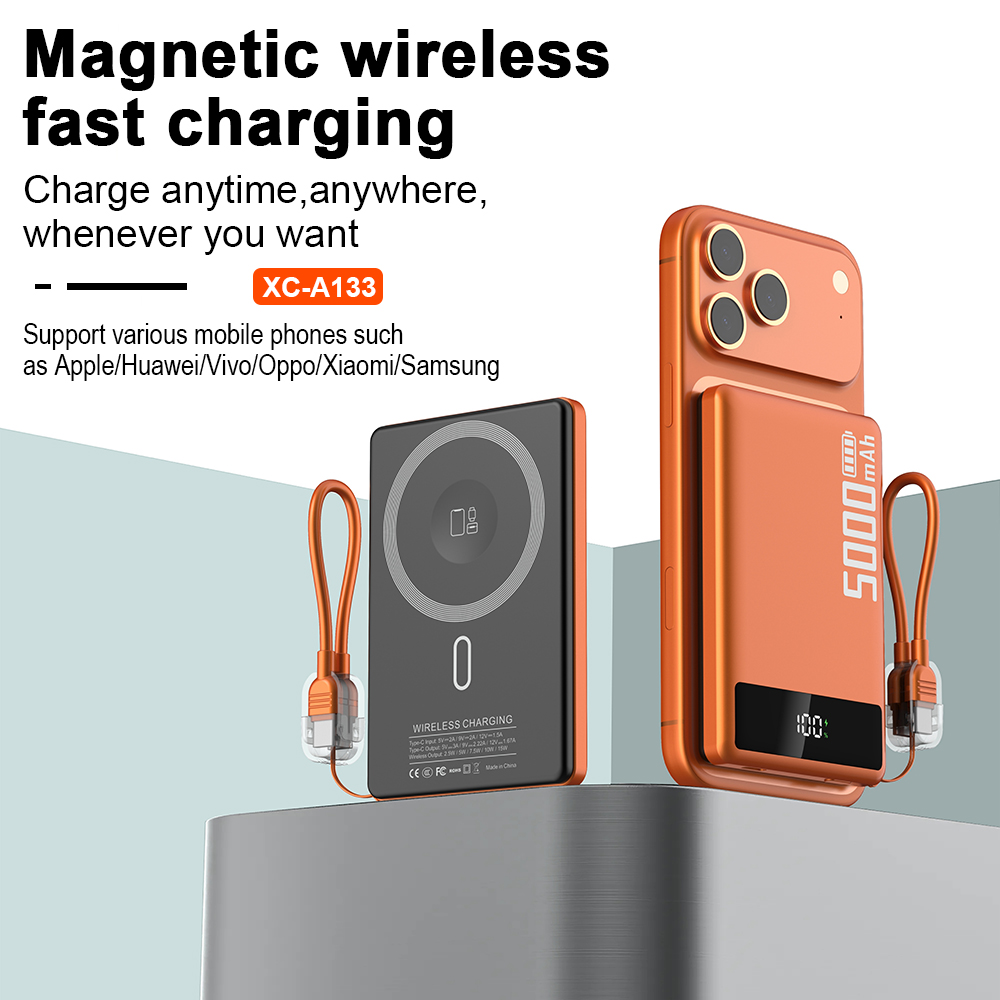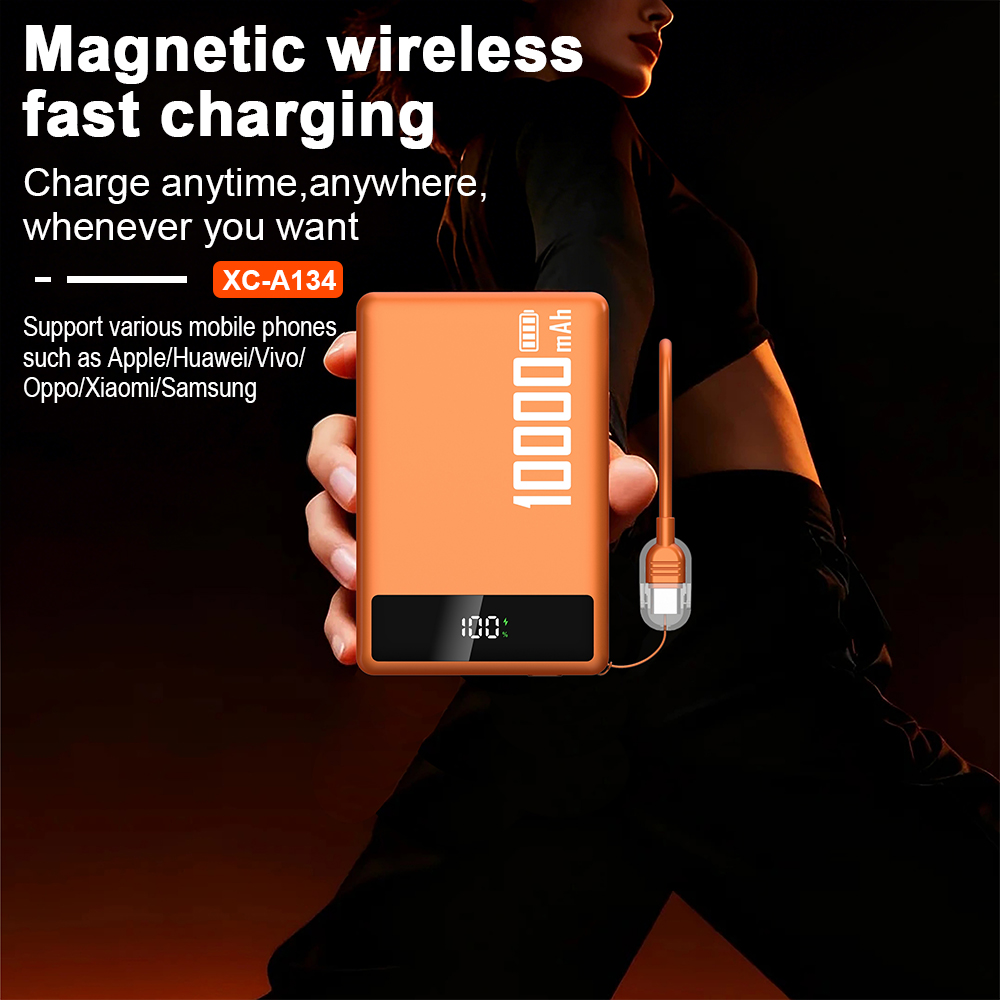The compatibility of power banks with different devices
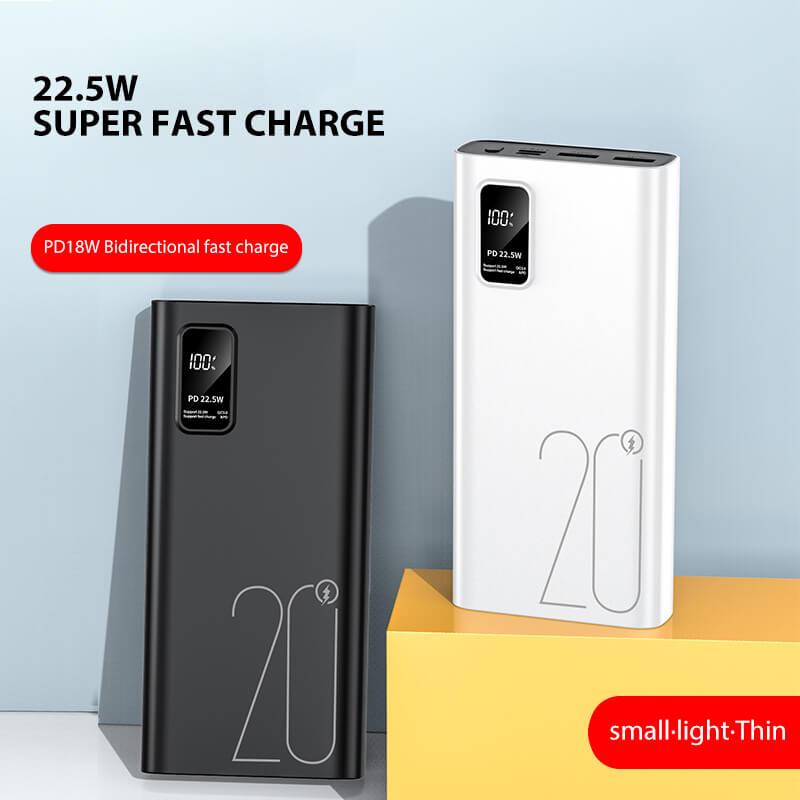
Power banks have become an essential accessory for individuals who rely heavily on their portable electronic devices. These compact and portable battery rechargeable devices are designed to provide a convenient source of power when traditional outlets are not available. However, when it comes to compatibility, not all power banks are created equal. Various factors need to be considered before selecting a power bank for a specific device.
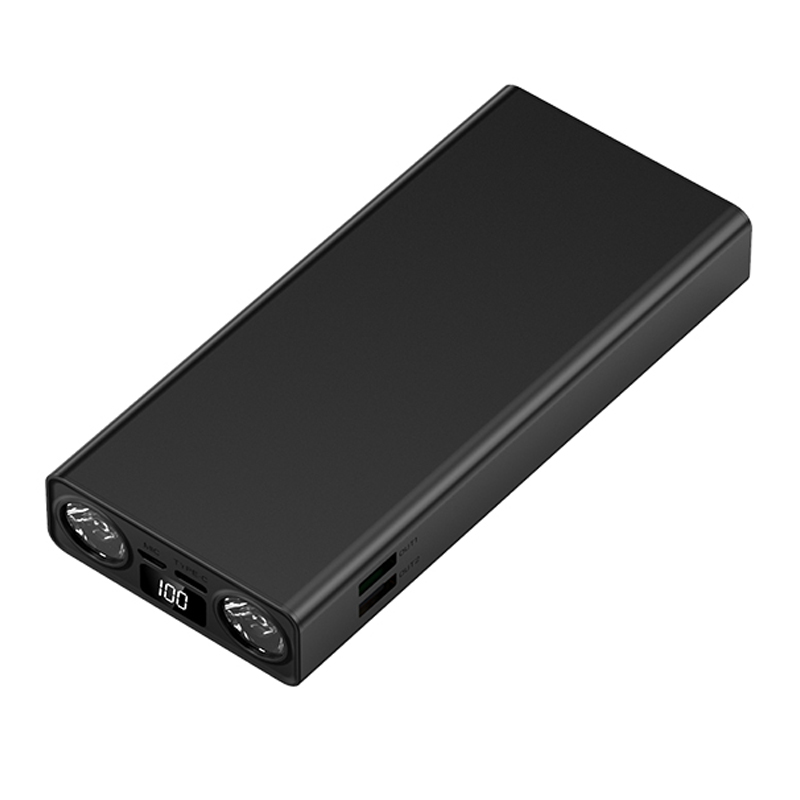
1. Power output and charging technology
One crucial aspect of compatibility is the power output provided by the power bank. Different devices have different power specifications and charging requirements. Some devices, such as smartphones and tablets, require a low power output, typically around 5V. However, more power-hungry devices, such as laptops or gaming consoles, may require higher voltages, such as 12V or 20V.
Moreover, the charging technology employed by the power bank and the device also plays a role in compatibility. Most modern power banks utilize USB charging, which is almost universally compatible with various devices. However, certain devices may require proprietary charging cables or connectors, making them incompatible with standard power banks without the appropriate adapter.
2. Capacity and battery type
Another factor to consider is the capacity of the power bank. The capacity is measured in milliampere-hour (mAh) and indicates how much charge the power bank can store. Different devices have different battery capacities, and the power bank should have a sufficient capacity to provide multiple charges.
The battery type is also important. Lithium-ion and lithium-polymer are the most common battery types used in power banks. However, some devices may have compatibility issues with specific battery types. For instance, older devices may not support lithium-polymer batteries or may have safety concerns regarding lithium-ion batteries.
3. Size and portability
While compatibility with the device is crucial, the physical compatibility in terms of size and portability should also be considered. Power banks are available in various sizes and weights. Some portable devices, such as smartphones or wearable gadgets, may require a compact and lightweight power bank that can easily fit in pockets or bags. On the other hand, larger devices like laptops may require more robust and higher-capacity power banks.
4. Additional features and accessories
Power banks come with a range of additional features and accessories that can enhance compatibility. For example, some power banks include multiple USB ports, allowing users to charge multiple devices simultaneously. Others may have built-in cables or adapters for different devices, eliminating the need for carrying extra cables. These additional features can improve compatibility and convenience.
5. Brand and quality assurance
The brand and quality assurance of a power bank also impact its compatibility. Established and reputable brands often ensure their power banks go through rigorous testing for compatibility with various devices. They may also provide compatibility lists or guidelines on their official websites. On the other hand, cheaper or generic power banks may lack proper compatibility testing, leading to potential issues or limitations when used with certain devices.
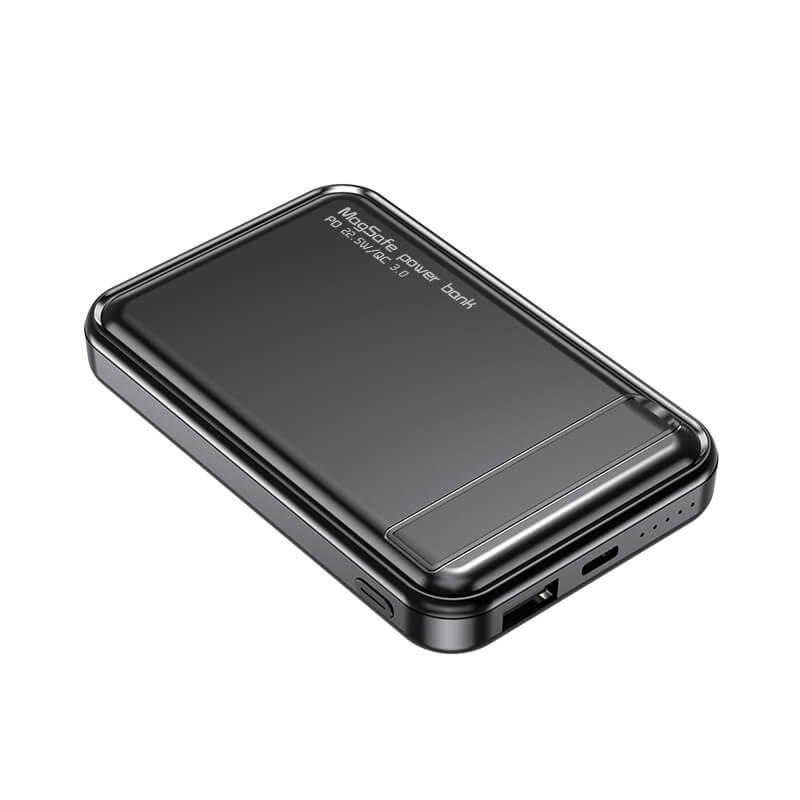
Conclusion
While power banks offer a portable and convenient source of power, ensuring compatibility with different devices is essential. Factors such as power output, charging technology, capacity, battery type, size, additional features, and brand reputation all contribute to the compatibility of a power bank. It is crucial to carefully assess these aspects and select a power bank that meets the specific requirements of the devices it will be used with. By doing so, users can ensure a seamless and efficient charging experience on the go.



